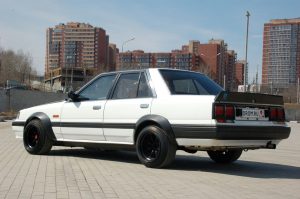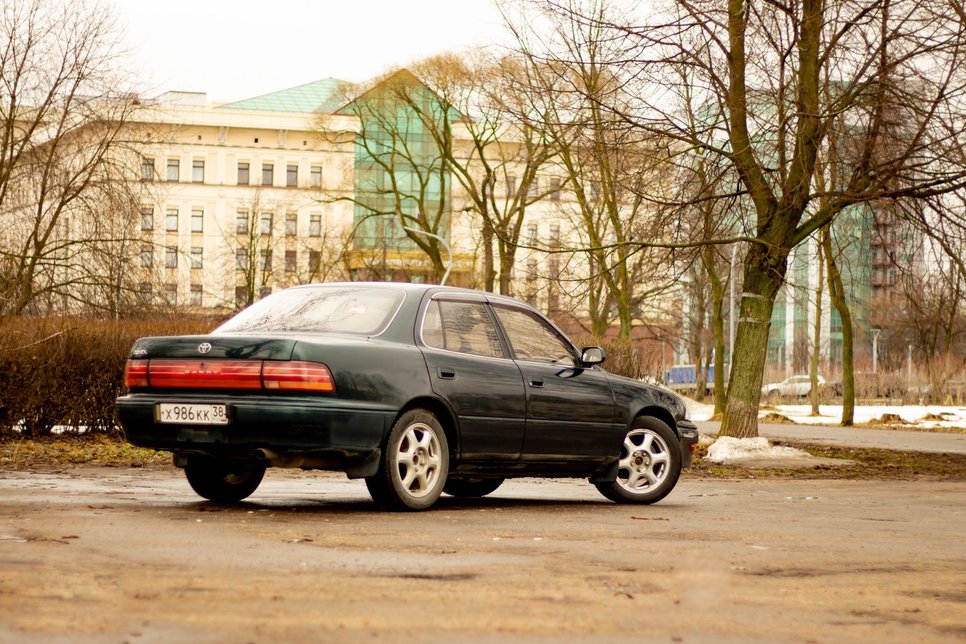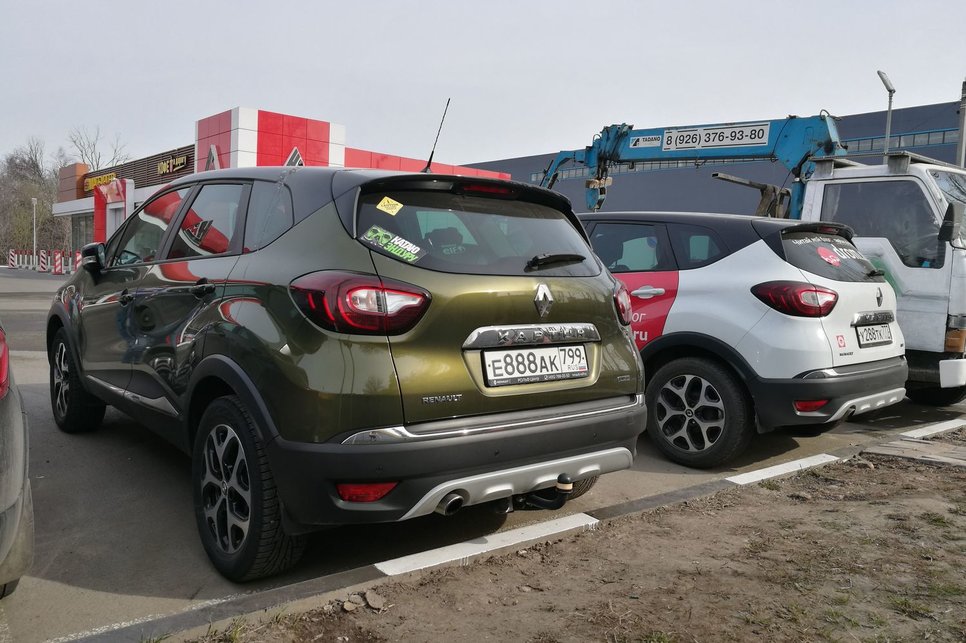1987 Nissan Skyline R31. From the Quartet to the G8
 Was the Skyline R31 revolutionary? Rather, it was the result of evolution – technical, marketing. As we remember, in the late 60s Nissan successfully entered motor racing, and with it the segment of charged models. But by the mid-70s, due to the fuel crisis, the company experienced great difficulties with the implementation of the GT-R version, the release of which was quietly curtailed. And here’s a paradox – literally right there, instead of the “hottest” modification, the company began offering options “cooler”. Not so powerful, it would seem, not honed under the race and nevertheless supporting the Skyline reputation as a driver model. There is still a decade and a half until the revival of the Gather. And R31, which debuted in 1985, became the final chord in a series of generations and their special versions, preparing the public for the second coming of the legend. What was different?
Was the Skyline R31 revolutionary? Rather, it was the result of evolution – technical, marketing. As we remember, in the late 60s Nissan successfully entered motor racing, and with it the segment of charged models. But by the mid-70s, due to the fuel crisis, the company experienced great difficulties with the implementation of the GT-R version, the release of which was quietly curtailed. And here’s a paradox – literally right there, instead of the “hottest” modification, the company began offering options “cooler”. Not so powerful, it would seem, not honed under the race and nevertheless supporting the Skyline reputation as a driver model. There is still a decade and a half until the revival of the Gather. And R31, which debuted in 1985, became the final chord in a series of generations and their special versions, preparing the public for the second coming of the legend. What was different?
In fairness, we note – on the suspension R31 copied the predecessor. McPherson front, back in the basic version one-piece beam on the springs. In the higher equipment – independent design on oblique levers.
The entire line of engines revised. Of the already known, only the “four” CA18 remained, in addition to which the Australian market (where Sky was produced and sold, including under the name Pintara) was offered to CA20. Antediluvian diesel LD28 changed to the newly appeared RD28. The main achievement of the R31 can be considered the debut of the RB series engines on Skyline. And if in the previous generation, the most charged modifications had exactly four-cylinder units (petrol “turbo shakes”, however, also existed, but did not hit power), now only “bi bi” were responsible for this. In fact, the engine presented only one volume – 2.0-liter. But in four versions: atmospheric (115 and 130 hp) and turbocharged (145 and 170 hp) with one camshaft and the same with two shafts (“atmoversion” developed 150 and 165 hp; “ turbo “- 180-210).
RB20ET and RB20DET
Meanwhile, in Australia, there was a 3.0-liter RB30E on Skyline, not supplied to Japan, but still popular in the tuning environment. Other innovations included the HICAS system, which provided the rear wheels to turn. And the fact that the “automatic” was left without options 4-step, for the Nissan mid-80s, it was already natural.
On the body, there was also an alternative. From the hatchback in the last generation refused, but returned wagon. Plus, the traditional Japan of the time sedan with hardtop (real, without central roof pillars) and coupe.
Sedan; hardtop; station wagon, which was also installed turbo engines, and coupe in the maximum power configuration GTS-R
In 1987, Skyline experienced a planned restyling, which changed, for example, the inclination of the front lighting with the grille.
Left car sample 1985, right – after the update
But it is more interesting how, depending on the technical performance, they designed the back part, namely lights. With separate squares and rectangular (after a facelift) indicated that this Skyline (it does not matter, a sedan or a hardtop) in the basic equipment. That is, with a solid rear axle and a 1.8-liter engine. Characteristic “burners” – first open, then under a common cap – that the car in front of us, though with a younger, but already 2.0-liter engine and independent suspension.
We have just the first option – once there was CA18 with the “mechanics”. But the cabin equipment raises questions. Apparently, not the least, because there is an electric mirrors (but without the possibility of folding the button), rear window heating, even parking sensors (however, the sensors themselves have been lost for 30 years). But there is no electric windows, tachometer, which takes place in the instrument cluster hours. Finally, the “climate” on the sliders, although already in 1985 it was partially push-button.
In general, and taking into account the racing orientation (and the R31 still successfully performed in the ring), and Skyline itself was just rather strangely completed. For example, he could have a good head-mounted audio device with a CD player and a headlight washer, which is not typical for the Japanese domestic market. And at the same time he didn’t offer to “air dry”, although the air conditioners were already placed on the most “wooden” models or, for example, on the same basic sedan.
The front panel of the pro-sports 210-strong modification of the GTS-R and the “civilian” GTS-X
The profile of the seats was also very different with the upholstery. From “what film is today in this VIP-room” to “I don’t want on these carousels”. There was an intermediate version with adjustable lumbar support and lateral support rollers. In our case, obviously, the most simple armchair. Well, that is not sat out for so many years, and the driver has a height adjustment.
As for the sofa, there was also some kind of molding on the richer accessories. Presented here, as you understand, is not suspected of creating a special comfort.
Add to this the bridge mentioned above, the tiny disc disc in the front and the drum brakes behind it.


